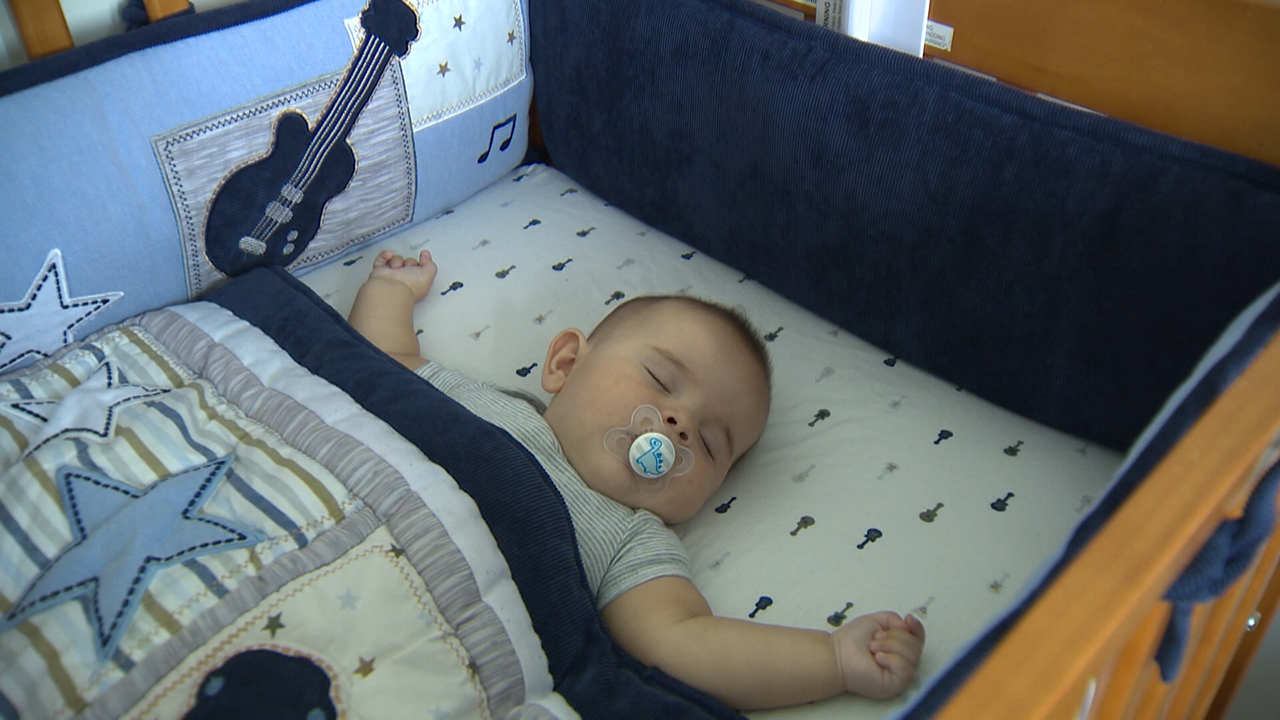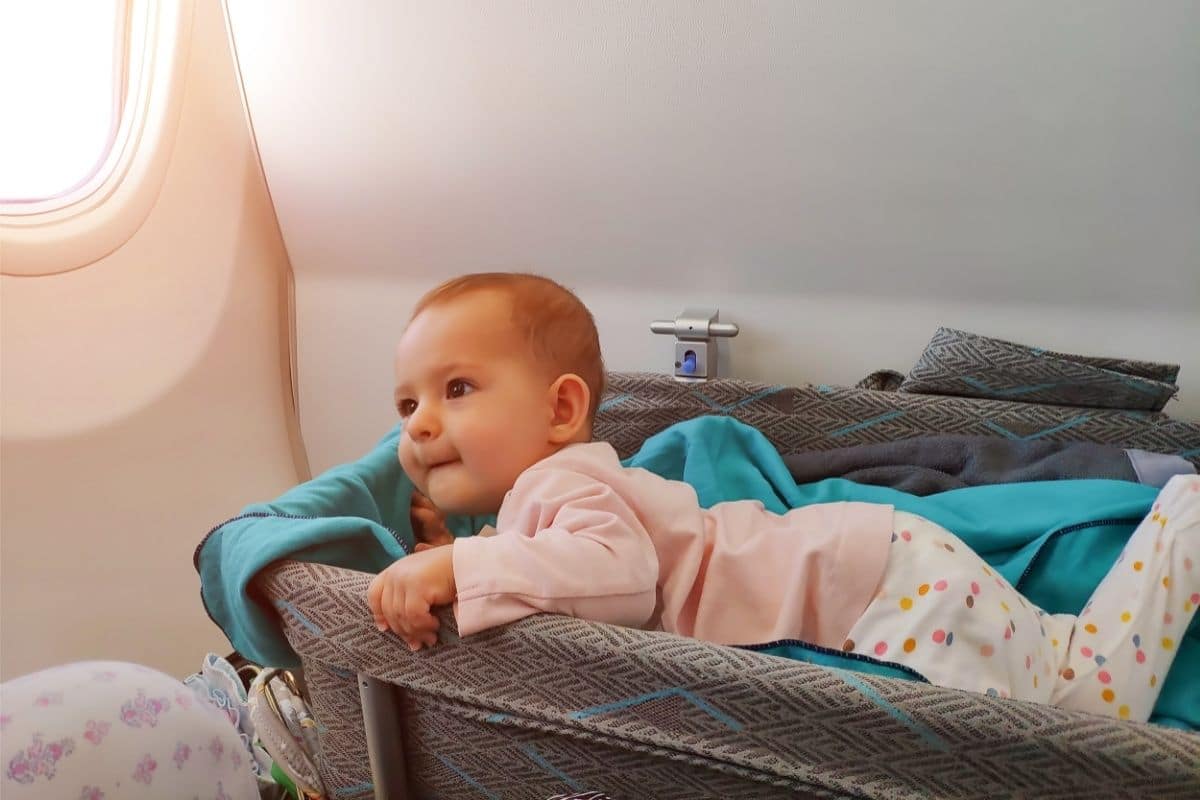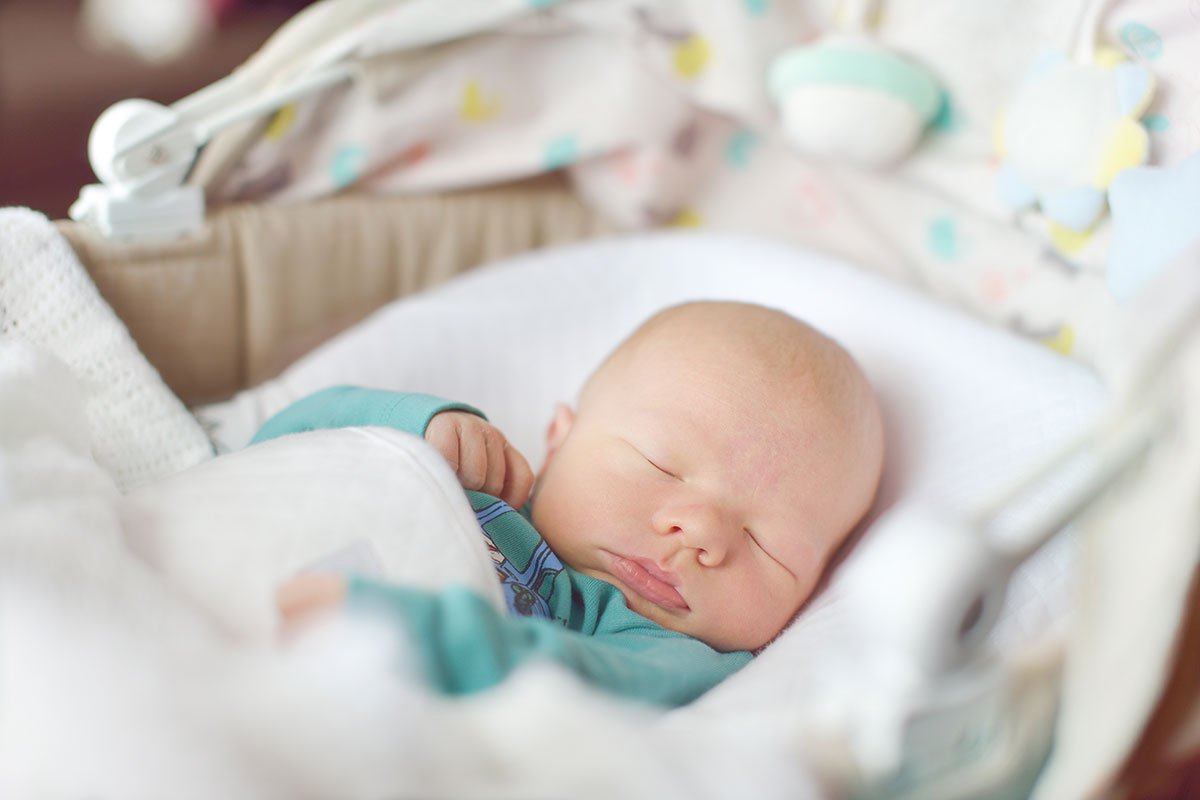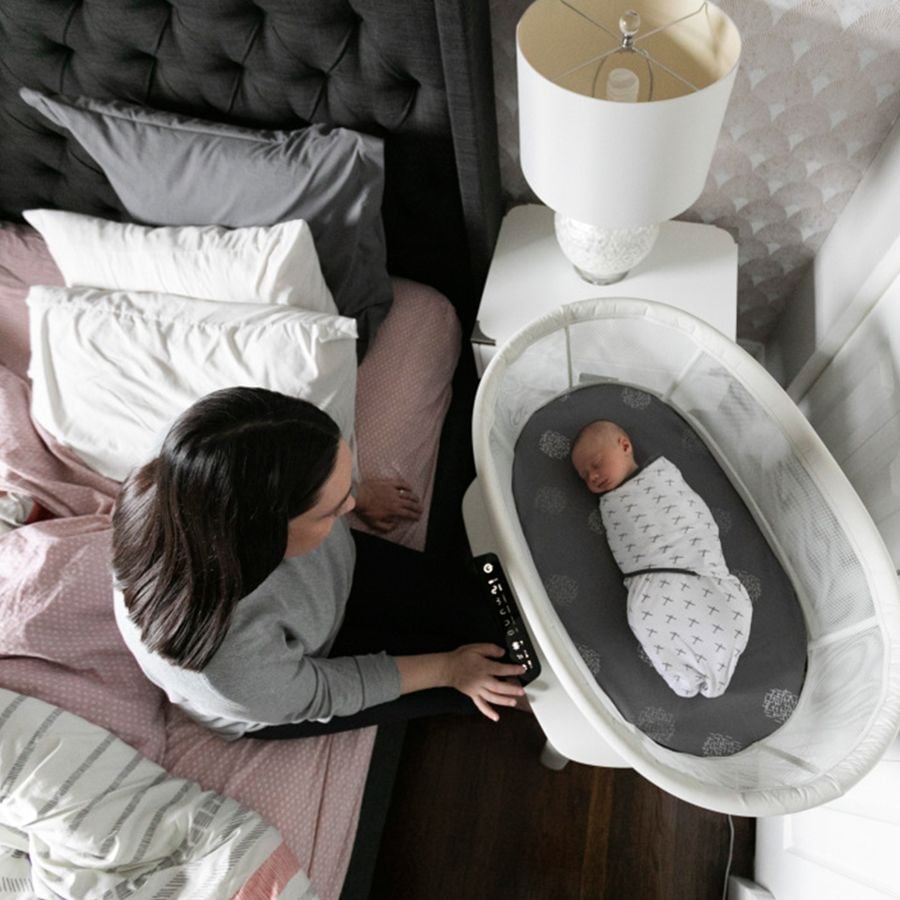Introduction: The Importance of Safe Sleep for Infants
Ensuring your baby gets adequate and safe sleep is paramount during the early stages of development. One common question new parents often grapple with is how long their little one should sleep in a bassinet. A bassinet provides a cozy and contained sleeping environment tailored for newborns, but as infants grow rapidly, it’s crucial to know when to transition them to a larger, more permanent sleeping arrangement. In this comprehensive guide, we delve into expert advice to address this very concern, exploring factors that influence the timing of the transition and discussing the benefits and potential drawbacks of extended bassinet use.

Understanding Bassinet Safety and Suitability
Bassinets are designed specifically for infants, typically up to 4-6 months old or until they start showing signs of rolling over, pushing up, or outgrowing the bassinet’s weight limit—usually around 15-20 pounds, depending on the model. These portable cribs provide proximity to parents, facilitating night-time feeding and monitoring, which can be especially reassuring for first-time parents. However, safety guidelines dictate that once your baby begins to exhibit signs of mobility, transitioning to a crib becomes necessary to prevent falls or entrapment hazards.
The Milestones That Signal a Need for Change
The primary indicator for transitioning from a bassinet to a crib is your baby’s growth and development. As your child reaches milestones such as rolling over, pushing up on hands and knees, or sitting unassisted, their increased mobility necessitates more space to move safely. These abilities usually emerge around 3-5 months but can vary greatly among babies. Rolling over in a confined space can be risky, as it increases the chance of getting stuck or potentially causing suffocation. Therefore, once your baby starts attempting these movements, it’s time to consider moving them to a crib.

Cognitive and Emotional Considerations
Beyond physical development, cognitive and emotional readiness also play a role. Infants thrive on routine and familiarity, so disrupting their sleep environment should be done thoughtfully. While some argue that an earlier transition to a crib can aid independence, others suggest maintaining the bassinet setup until the baby outgrows it physically to promote a sense of security. It’s crucial to balance your baby’s developmental needs with their emotional well-being, ensuring the transition occurs when they are developmentally ready and can adapt well to the change.
Health Benefits of Timely Transition
A timely transition to a crib can positively impact your baby’s health. Cribs offer more room for free movement, which encourages healthy muscle development and motor skills. Additionally, it reduces the risk of positional plagiocephaly (flat head syndrome) that can occur from prolonged pressure on one spot in a more confined space. Adequate space in a crib also promotes better air circulation, reducing the risk of Sudden Infant Death Syndrome (SIDS), especially when coupled with safe sleep practices such as placing babies on their backs to sleep.

Addressing Parental Concerns and Fears
For many parents, the idea of moving their baby from a bassinet to a crib can evoke feelings of anxiety or sadness, marking the end of a precious phase. Understanding that this transition is a natural part of growth can alleviate some of these emotions. Preparing in advance by gradually acquainting your baby with the new crib, using familiar bedding, and maintaining a consistent bedtime routine can ease the shift. Remember, while the physical sleeping space may change, the bond and love between parent and child remain steadfast.
Creating a Safe Sleep Environment in the Crib
When transitioning to a crib, it’s imperative to establish a safe sleep environment. This includes using a firm, fitted mattress with tight-fitting sheets, keeping the crib free of toys, pillows, and loose bedding, and positioning the crib away from windows, cords, and other hazards. Maintaining a consistent room temperature and using a sleep sack instead of blankets can further ensure your baby’s safety and comfort.
Adjusting to the New Routine
After the transition, expect some adjustments in your baby’s sleep pattern. It’s natural for infants to test their boundaries in a new space, which might initially lead to more frequent waking. Consistency in bedtime rituals and patience during this period are key. Over time, most babies adapt quickly and resume their regular sleep habits.

Enhancing Sleep Quality and Duration
One of the significant health benefits of a timely transition to a crib is the potential enhancement in sleep quality and duration. As babies grow, they require more space to move during sleep, which can be restrictive in smaller bassinets. In a crib, they can stretch out, roll over, and reposition themselves comfortably, leading to a deeper and more restorative sleep cycle. This improved sleep not only benefits the baby’s mood and development but also contributes to the overall health and well-being of the entire family by promoting better parental sleep.
Supporting Independence and Emotional Development
The move to a crib is an early step towards fostering independence in your child. It allows them to explore and become comfortable in their own personal space, which is crucial for emotional and social development. As babies learn to self-soothe and fall asleep independently in the larger crib, they develop a sense of confidence and security that lays the groundwork for future milestones such as potty training and eventually, transitioning to a big kid bed.
Monitoring Progress and Adjusting Strategies
It’s essential to monitor your baby’s progress during and after the transition. Keep an eye out for signs of distress or difficulty adjusting, and be prepared to make adjustments to your approach if needed. This could mean temporarily reverting to the bassinet for a few nights, introducing white noise or night lights for comfort, or even trying different sleep positions under safe sleep guidelines. Open communication with your pediatrician can provide valuable guidance tailored to your child’s specific needs.

Conclusion: Trusting Your Parental Instincts
Ultimately, deciding when to transition your baby from a bassinet to a crib involves considering your child’s individual growth pace, developmental milestones, and your family’s unique circumstances. While expert advice serves as a valuable guideline, trusting your parental instincts is equally important. By staying vigilant about your baby’s changing needs, maintaining a safe sleep environment, and approaching the transition with care, you can ensure your little one continues to enjoy peaceful and healthy slumber throughout their early years.
